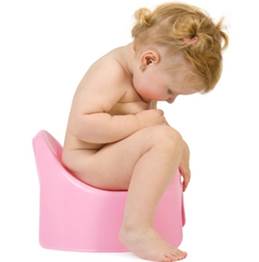
Constipation is very common in children, can be expressed as reduced bowel movements (≤ 2 times / week); fecal dry, hard; defecation difficulties (time-consuming); defecation pain; According to reports, the incidence of child constipation was 0.7% – 29.6% (median 12%), of which 90% of children with constipation for functional constipation. The diagnosis of functional constipation in children with reference to Rome Ⅲ standard. The National Institute of Health and Clinical Excellence (NICE) in the United Kingdom developed the Childhood Idiopathic Constipation Guidelines for Childhood Functional Constipation in 1999 and updated again in 2006 and 2014. The National Institute of Health and Clinical Excellence (NICE) Guidelines for diagnosis and treatment of constipation.
The treatment strategy of functional constipation in children mainly includes basic therapy, drug therapy, behavior therapy, surgical treatment and follow-up. Basic treatment to family education, diet adjustment and lifestyle changes based. (Including water and juice in food), a balanced diet (breastfeeding encouraged, increased dietary fiber intake), proper exercise, proper toilet training (children over 4 years of age, every day after the meal toilets 5 – 10 min). If the basic treatment 2 weeks is invalid, that is, start drug treatment.
Drug treatment preferred oral osmotic laxatives (polyethylene glycol or lactulose) or rectal administration laxative, sustained 3 – 6d, to lift fecal impaction, as soon as possible to restore regularity, comfort bowel habits. Treatment after laxative, that is, to start maintenance treatment to prevent stool re-accumulation. Maintenance therapy includes diet adjustment, medication, and behavioral therapy for 2 months. The drug for maintenance treatment may be selected from osmotic laxatives, irritant laxatives, fecal softeners or rectal administration. Osmotic laxative is not easily absorbed by the intestinal absorption of ions or molecules in the intestine to form osmotic delivery, to maintain water in the intestine; and increased water expansion of the intestine, stimulate peristalsis, soften the stool. Lactulose for all ages, and polyethylene glycol 4000 domestic for children over the age of 8 constipation. Irritable laxatives are mainly to increase bowel movements, promote the distal small intestine and colon secretion of water and electrolyte and soften the stool. There is no data showing that osmotic laxatives can induce long-term adverse effects such as electrolyte imbalance and mucosal damage, but there are few safety assessment reports on stimulant laxatives in pediatric applications. Behavior Therapy, Psychosomatic Therapy, Traditional Therapy and Biofeedback Therapy is used for specific subjects and is not recommended as a routine treatment for constipation.
Leave a Reply